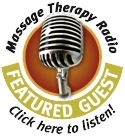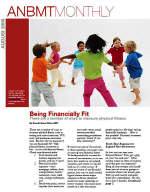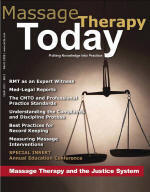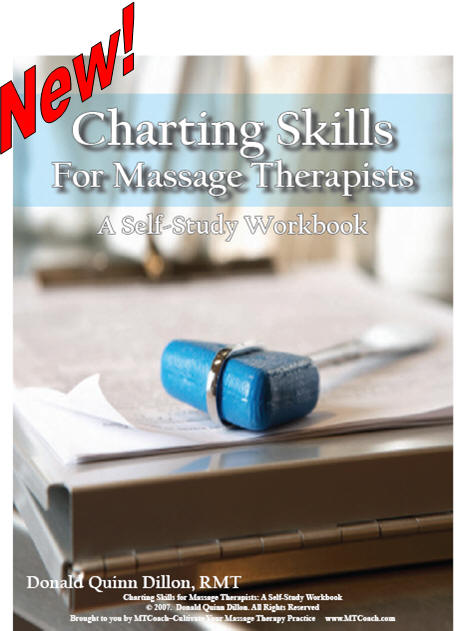
Community,
Commentary
and Curriculum
for Massage Therapists
|
|
| Subscribe to MTCoach E-News |









 Commentary - August 6, 2008
Commentary - August 6, 2008How Vulnerable is the Massage Therapy Profession to Economic Changes?
|
|
|
|
|
|
|
|
|
|
The decline in manufacturing jobs in North America and the recessive US economy may negatively impact extended health care plans and disposable income. Massage therapy funding from auto insurance has lost ground (in Ontario), with nurse practitioners and occupational therapists sailing past with the right to authorize treatment plans. The spas continue to influence how massage therapists practice and there’s a new influence – membership-based franchised massage businesses which provide a consistent, predictable experience, extended hours, coordinated marketing and operations and discounted massage services.
Let’s step back and observe our profession’s growth over the last few decades. Massage therapists have benefited from a strong economy – particularly the industrial illnesses the industrial age manufactured. Conditions such as workplace-related musculo-skeletal disorders (WRMDs), repetitive strain injuries and job-related stress syndromes were borne from our industrial - and then information - revolutions. In the strong economy North America has enjoyed since the second world war, North American workers have had access to generous employee benefit plans, comprehensive provincial health care and worker’s compensation plans, and auto-insurance funding for rehabilitation.
Add to this a rise in popularity of massage therapy and other forms of complementary and alternative medicine practises, cutbacks in funding for services normally covered under provincial health insurance (such as chiropractic and physiotherapy), and the increased regulation of massage therapy in more provinces and states, and we see the potential for tremendous growth in the demand for massage therapy.
However, there are storms emerging, metaphorically, at the borders of the massage therapy industry. There is rising demand by the public and government agencies for health professionals to work from evidence-based best practices; economic markers such as house and automobile sales, the plummeting US dollar and Canadian consumer debt load signal problems ahead for our economy; regressive changes in extended health plans and other work benefits; struggling massage therapy professional associations, where low membership equals hamstrung advocacy and promotion; the advancement of other health professions towards degree-level education and the peer pressure created by this; and the emerging strength of the spa industry and its impact on how massage therapists practice. These are just a few of the factors affecting the outcome of the massage therapy profession in the years to come.
There are some opportunities too. Potential for integration into complementary and alternative medicine wards in hospitals; the stress and strain of the information age and what on-site (chair massage) business models can provide; greater regulation and training in the spa industry; movement by massage therapy professional associations and regulatory bodies to pool knowledge and resources and improve cross-industry standards; the advancement by a small group of dedicated colleagues towards increasing research literacy and practice; and the opportunity to tag along with complementary industries - such as health and fitness - that add quality to the lives of citizens and will be well-funded by the baby-boomer generation. The membership-based massage franchises can be helpful in bringing a consistent product and image to the industry, and supplying practitioners with much needed support in promotion and business operations.


